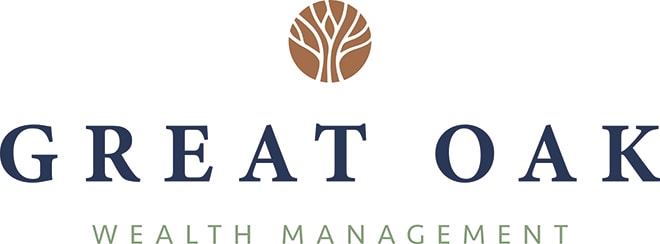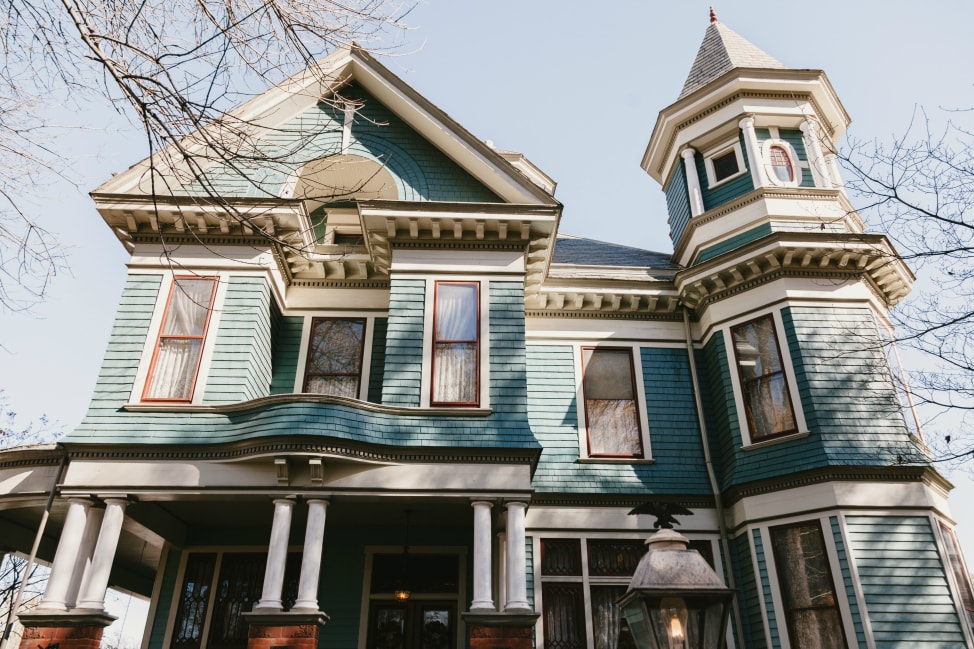When most people think of saving for retirement, they think of 401(k)s, IRAs, and other retirement accounts. What about your home equity? Should you consider a reverse mortgage for retirement? Probably not, in most cases.
Equity is the magic word
If you don’t have equity in your home, then using it for retirement is not an option. So not only can you not use your home for retirement cash flow, you’ll need to use other retirement assets to pay the mortgage.
Home Equity Conversion Mortgage (HECM)
That’s the formal term for a reverse mortgage. It’s a program run by the Housing and Urban Development Department and Federal Housing Authority that allows those homeowners older than 62 to borrow against the value of their home without having to repay while you (or your spouse) are living in it.
To say the reverse mortgage has had an image problem is an understatement. Many advisors, myself included, have deemed the reverse mortgage a tool of last resort. It has a reputation as costly, complicated, and risky. To increase protection, new regulations have been implemented.
- Spouse Protection – A non-borrowing spouse can stay in the home as long as it’s their primary residence. Before, if only one spouse was listed as a borrower and that spouse either died or moved to a nursing home, the reverse mortgage had to be repaid, or the other spouse had to move out.
- Proof of Financial Ability – You now must demonstrate you can pay property taxes, home insurance, and continued maintenance on the home.
- Counseling – The borrowers must meet with an approved counselor to discuss the appropriateness and alternatives to a reverse mortgage.
- First-Year Limit – This prevents the borrowers, in most cases, from taking more than 60% of the total value during the first year.
- On average, the amount of cash a reverse mortgage borrower can access is around 58%, which is a significantly lower than previously allowed.
These changes have reduced the likelihood of abuse and, at the same time, have helped to spruce up their image, but are they enough to change the perception as a tool of last resort?
Labeling the reverse mortgage as a last resort could be the problem. There is no reason it cannot be used in concert with other retirement cash-flow needs much earlier in retirement.
A reverse mortgage just might be a good idea after all
If you were retired and withdrawing funds from your IRA in 2008 and 2009, a reverse mortgage might not have been a bad idea. Instead of taking withdrawals from your IRA, a reverse mortgage line of credit may have helped you stay afloat while you waited for your investments to recover. A few years later, after they recovered, you could have paid the loan off.
Another strategy for the reverse mortgage is using it to enhance your Social Security. For every year (up to age 70) that you delay in receiving Social Security, there’s an approximately 8% increase in benefits. A reverse mortgage can bridge the gap providing income without possibly depleting your retirement accounts and improving your cash-flow later in retirement.
Another interesting tidbit regarding a reverse mortgage is that the proceeds are not taxed and are not counted towards the higher Medicare Part B and Part D premiums when income is above a certain threshold. Saving taxes and premiums is always a good thing.
There are options when it comes to having a reverse mortgage. You can get the proceeds in a lump sum, line of credit, or monthly payment. The borrower also has the ability to change the payment type. It can be changed if they started with a monthly payment but now need a line of credit or lump sum.
Heirs not on the hook
If the value of your home is less than the reverse mortgage loan amount, you don’t have to worry about your estate or heirs having to pick up the slack. The reverse mortgage is a non-recourse loan. If the mortgage exceeds the home value, the borrowers only have to pay 95% of the appraised value.
Whoaaaa Nelly!!!!!
You’re probably thinking I’ve jumped on the reverse mortgage bandwagon. No, there are still reasons that give me pause before recommending a reverse mortgage. As much as I agree in theory with the strategies mentioned above, and the possible benefits they offer, I think those benefits would only be appropriate for a select group.
Nothing is Free
You’re not getting a reverse mortgage out of sympathy from the lender. There is gold in those hills. Otherwise, there would be no such thing as a reverse mortgage. If you take out a reverse mortgage, you will incur the following costs:
Origination Fees – These are calculated based on the value of the home. 2% of the value for those worth $200,000 or less, a maximum of $4,000 plus 1% of the value above $200,000 for homes worth between $200,000 and $400,000, and for homes more than $400,000, the maximum origination fee is $6,000.
Up-Front Mortgage Insurance Premium – This is 2% of the home value borrowed. The borrowing limit is $970,800.
On-going Mortgage Insurance Premium – The lender will look at the value of your property when you took out your last loan and subtract it from your current value and multiply it by .03, and if the answer is less than what you already paid on your last transaction; you will not be required to pay anything more on your first refinance.
Other Closing Costs – Appraisals, credit checks, title checks, service charges, and all the usual things lenders throw in there that make you scratch your head.
Interest – This is a loan, and loans have interest rates. Reverse mortgage interest rates are higher than typical mortgages. I’m sure you’re not shocked by that. Every month, the interest is calculated based on the loan’s current balance and added to your loan balance.
That is not cheap, my friend. Is it worth using a reverse mortgage for strategies other than the last resort? Of course, it depends on your situation, the current economic outlook, interest rates, etc. It may be in certain circumstances, but I doubt most people.
Some people hate debt and avoid it at all costs (I applaud those people). Do you think they would get a reverse mortgage to employ one of those strategies, even if it was beneficial? FORGET IT. THAT’S NOT GONNA HAPPEN.
Even for those who choose to use a reverse mortgage as a last resort, what happens if they run out of money and cannot keep up with the taxes and insurance? Now they’re left with no home and no money.
I generally prefer other options to a reverse mortgage when you want or need to use equity for retirement purposes, such as:
Downsizing – Reduce your taxes, insurance, expenses, and upkeep. Hopefully, you’ll have enough equity left over to provide some retirement cash flow.
Refinancing – Much to my dismay, more and more retirees are entering retirement with a mortgage. If you can refinance to a lower interest rate, or possibly lower the payments by extending the repayment period, your cash flow may improve enough to have a comfortable retirement.
Home equity loan or line of credit – Borrowing funds instead of taking distributions or selling investments may be the ticket.
Sale-leaseback agreement or private reverse mortgage – You sell your home, typically to family members, who pay you principal and interest minus an agreed-upon rent. I like this idea when it’s possible.
On or off the bandwagon?
While not as dismissive of reverse mortgages as I once was, I still feel there are other better options available in many cases. I do agree there are times when a reverse mortgage is appropriate. They have their place and need to be considered. As soon as advisors rule entirely out their possibility without further thought or research, they do their clients a disservice.
If you enjoyed this post and know someone you think it could help, I’d love for you to consider sharing it with them. You can do this easily via any of the share buttons below.








